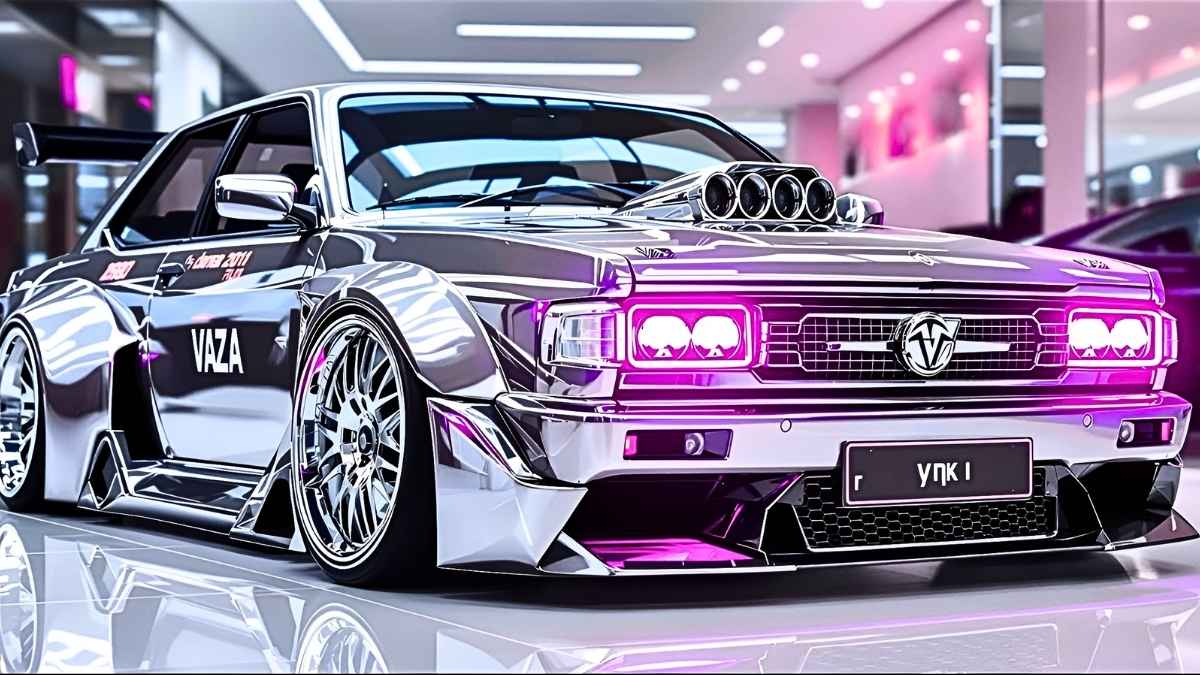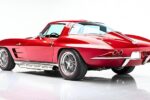The VAZ-2101, often affectionately called the “Zhiguli” or “Lada” in international markets, is one of the most enduring symbols of Soviet automotive engineering. Introduced in 1970 as a compact sedan based on the Fiat 124, the car quickly became a staple on Soviet streets and remained relevant for decades. From 1990 to 2026, the VAZ-2101 has undergone subtle evolutions and adaptations, keeping it in the hearts of enthusiasts and collectors worldwide. Its longevity is a testament to its simplicity, reliability, and charm.
The 1990s: Maintaining Relevance
By 1990, the VAZ-2101 had already cemented its place as a practical, no-nonsense car. While other manufacturers were introducing more modern designs, the 2101 remained largely unchanged in terms of structure and design. What made it stand out was its mechanical simplicity. The engine was easy to maintain, and spare parts were widely available, making it a favorite among families and small businesses.
During this period, the VAZ-2101 became a symbol of durability. Even with minimal updates to aesthetics or features, it remained a practical choice in an era when the Soviet Union was transitioning into the Russian Federation. Its affordability, coupled with its rugged build, allowed it to dominate urban and rural roads alike.
The 2000s: Classic Charm Meets Modern Needs
As the 2000s approached, the VAZ-2101 began to attract a new kind of attention. While its design remained largely traditional, enthusiasts began to restore older models, appreciating the car for its nostalgic value. Limited upgrades, such as minor interior improvements and slight engine refinements, allowed it to meet emerging safety and efficiency standards without losing its classic charm.
During this decade, the VAZ-2101 became more than just a means of transportation. It was increasingly recognized as a collector’s item and a cultural icon. Car clubs dedicated to the 2101 started forming, celebrating the car in exhibitions, rallies, and vintage car shows across Russia and Europe. The VAZ-2101’s reputation as a dependable and charming classic continued to grow.
The 2010s: Revival Through Restoration
By the 2010s, the VAZ-2101 had transitioned fully into the realm of classic cars. Original models from the 1980s and 1990s were carefully restored by collectors, bringing them back to pristine condition. While the automotive world had moved toward sleek, technologically advanced vehicles, the 2101’s simple mechanics and timeless design stood as a contrast.
The restoration culture around the VAZ-2101 highlighted its enduring appeal. Enthusiasts focused on maintaining the original aesthetics while upgrading certain components to improve reliability. Engine tuning, suspension improvements, and interior refurbishments became common practices, allowing the car to function smoothly in a modern context without losing its historic essence.
The 2020s: Modern Recognition and Nostalgia
In the early 2020s, the VAZ-2101 experienced a resurgence in popularity. Social media and online communities helped introduce this Soviet classic to a younger generation. Vintage car enthusiasts and automotive historians praised its simplistic design, robust engineering, and the nostalgia it evoked. The car’s appearance in retro-themed events, photo shoots, and classic car rallies reinforced its iconic status.
Even in 2026, more than five decades after its debut, the VAZ-2101 continues to be celebrated for its enduring qualities. While it may no longer compete with modern sedans in technology or fuel efficiency, its charm, reliability, and connection to a unique historical era keep it relevant among collectors and fans.
Design and Engineering Highlights
The VAZ-2101’s charm lies in its simplicity. Its boxy silhouette, straightforward interior, and robust chassis were all designed for function over extravagance. The engine, originally a 1.2-liter inline-four, was efficient and easy to maintain. Over the years, minor improvements enhanced its reliability, but the core engineering remained intact.
Suspension and handling were tailored for the varied roads of the Soviet Union, making it equally adept at city streets and rural highways. The mechanical simplicity meant that owners could repair it themselves, a rare quality in modern vehicles. This practicality contributed to the 2101’s long life and enduring popularity.
Cultural Impact
The VAZ-2101 is more than a car; it is a cultural icon. From 1990 to 2026, it has symbolized resilience and resourcefulness. In Russian literature, cinema, and even music, the 2101 has made its presence felt. For many, it represents an era of automotive history where simplicity and reliability mattered more than luxury or innovation.
Collectors today view it as a piece of history. Owning a VAZ-2101 is akin to preserving a tangible part of Soviet and post-Soviet culture. Its influence extends beyond borders, with enthusiasts worldwide appreciating the car’s design, mechanics, and historical significance.
Key Highlights
- Production longevity from 1990 to 2026 demonstrates reliability
- Timeless, simple design with minimal but practical updates
- Easy maintenance and widespread availability of spare parts
- Strong cultural significance as a Soviet and post-Soviet icon
- Restoration and collector communities keeping the model alive
- Versatile performance suitable for city and rural roads
- Celebrated in exhibitions, rallies, and automotive media
Final Words
The VAZ-2101 has proven that true classics do not need constant reinvention. From 1990 to 2026, it has maintained its identity, charm, and practicality, making it one of the most enduring Soviet-era vehicles. Its legacy is a blend of engineering simplicity, cultural significance, and timeless design.
For automotive enthusiasts, the VAZ-2101 is more than just a car; it is a bridge to the past, a reminder of a unique era in automotive history. Its continued relevance in 2026 underscores the enduring appeal of a vehicle built to last, both mechanically and culturally.
Owning or appreciating a VAZ-2101 is about celebrating resilience, heritage, and the beauty of functional design that transcends decades. It is a testament to how a simple car can leave a lasting impression on generations, proving that classics never truly fade.




